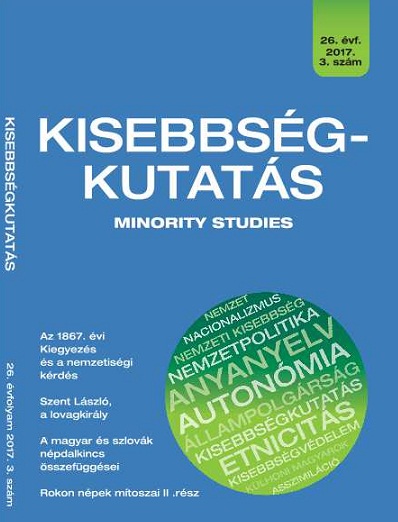A nartok aranyalmafája. II.rész. Ford.:Kovács J. Béla
The Golden Apple Tree of the Narts. Part II. Translator: Béla Kovács J.
Author(s): Valerij CagarajevSubject(s): Cultural Anthropology / Ethnology
Published by: Lucidus Kiadó
Summary/Abstract: The Ossetes are in kinship with the Jasz. They constitute the only people with a significant population in the Caucasus that lives on the northern and southern slopes of the mountains in the present-day Republic of North-Ossetia-Alania. Till the Mongolian Invasion, their history was common with the Jasz: they were part of the Alanians, and it was only the defeat suffered from the Mongolians that tore them apart. In the first half of the 13th century, the ancestors of today’s Ossetes retreated into the defensible straits of the Caucasus while the progenitors of today’s Jasz (along with the Cumanians) moved to the country of Bela IV of Hungary to their present-day living place, i.e. the Jaszsag. Up until the 16th century, they spoke Digor, one of the dialects of the Ossetic language. Before the conquest of the Carpathian Basin, the Alanians lived in the proximity of the Hungarians, as attested by our Alanian loan words having stayed with us to this day. The roots of the national culture of the Ossetes go back to the approximately threethousand-year-old Nart Saga. The mythological background of the Nart Saga and its literature are extremely rich. The epic world of the Narts may be conceived of as a garden: the Nart garden represents the archaic universe. Its main treasure is the golden apple tree of the Narts: the tree of knowledge, the tree of the world and the tree of life, the source of fertility as well as of the forces of life. The translation is an extract from Valery Tsagarayev’s volume entitled The Golden Apple Tree of the Narts.
Journal: Kisebbségkutatás
- Issue Year: 26/2017
- Issue No: 3
- Page Range: 67-139
- Page Count: 73
- Language: Hungarian

